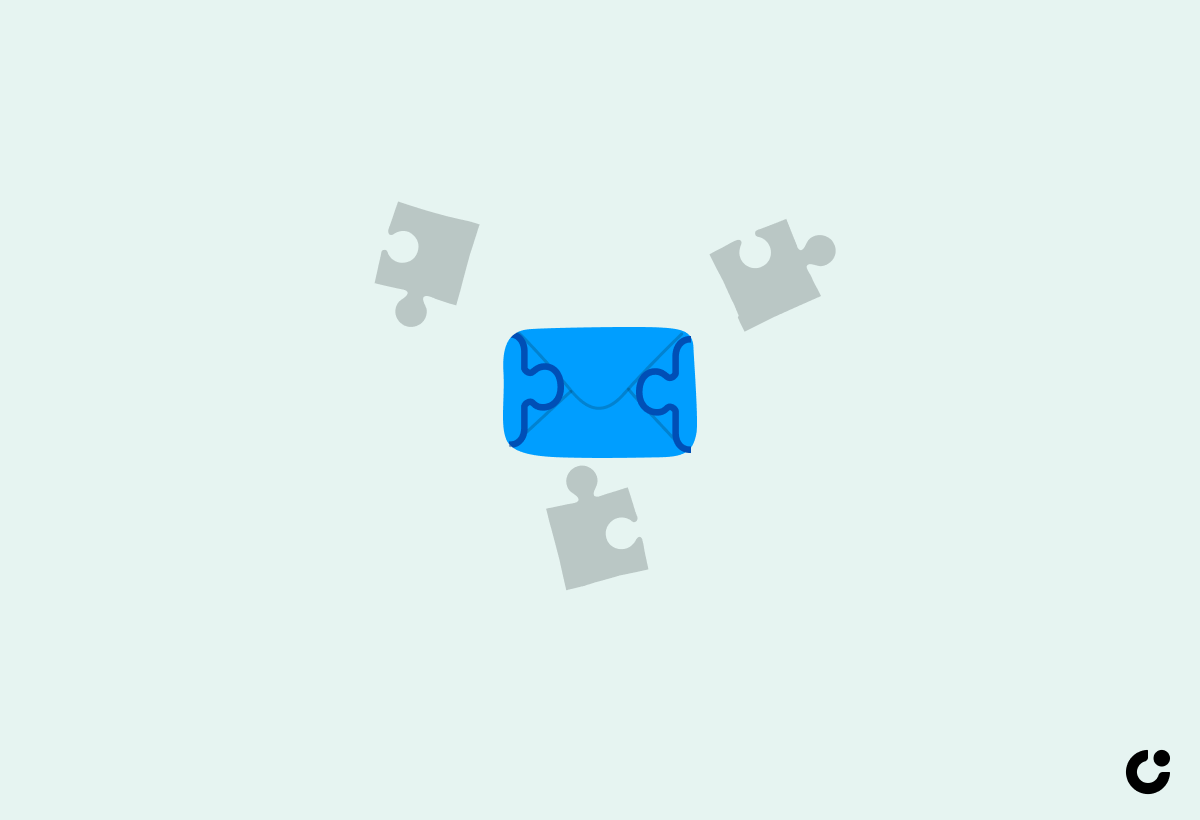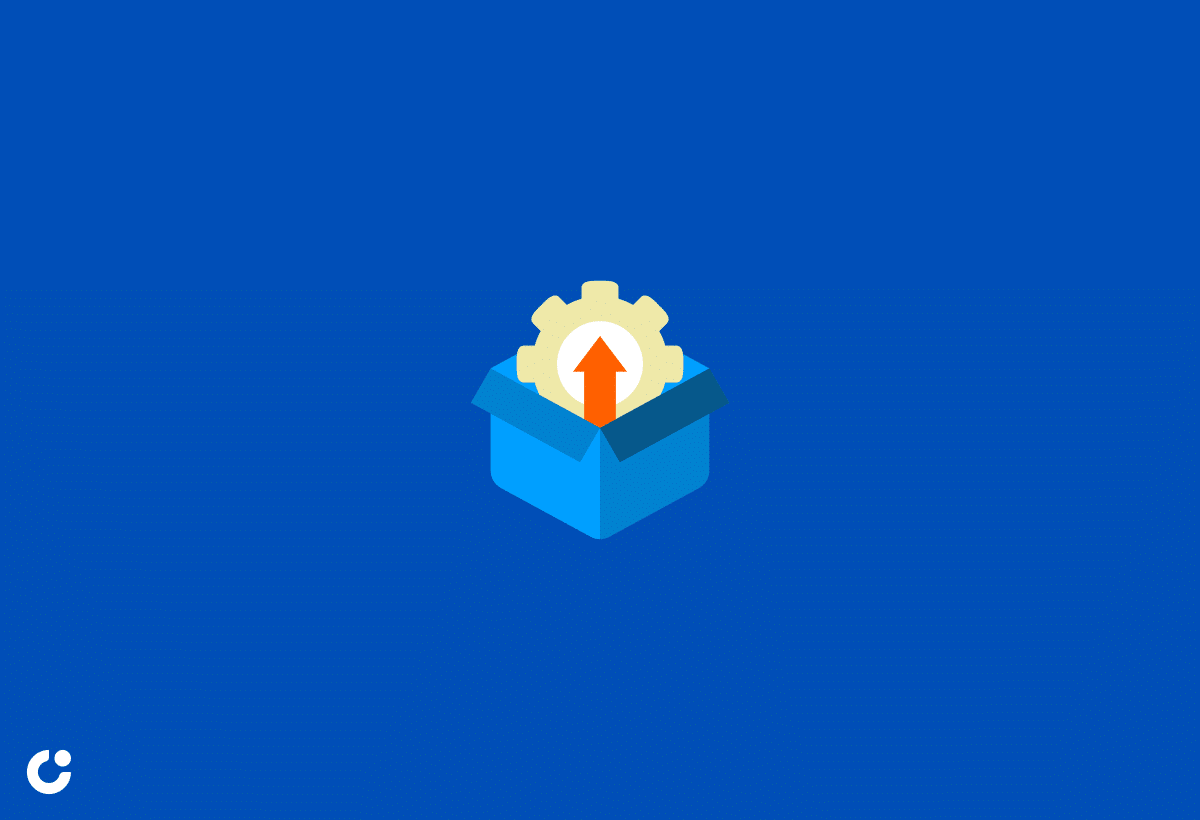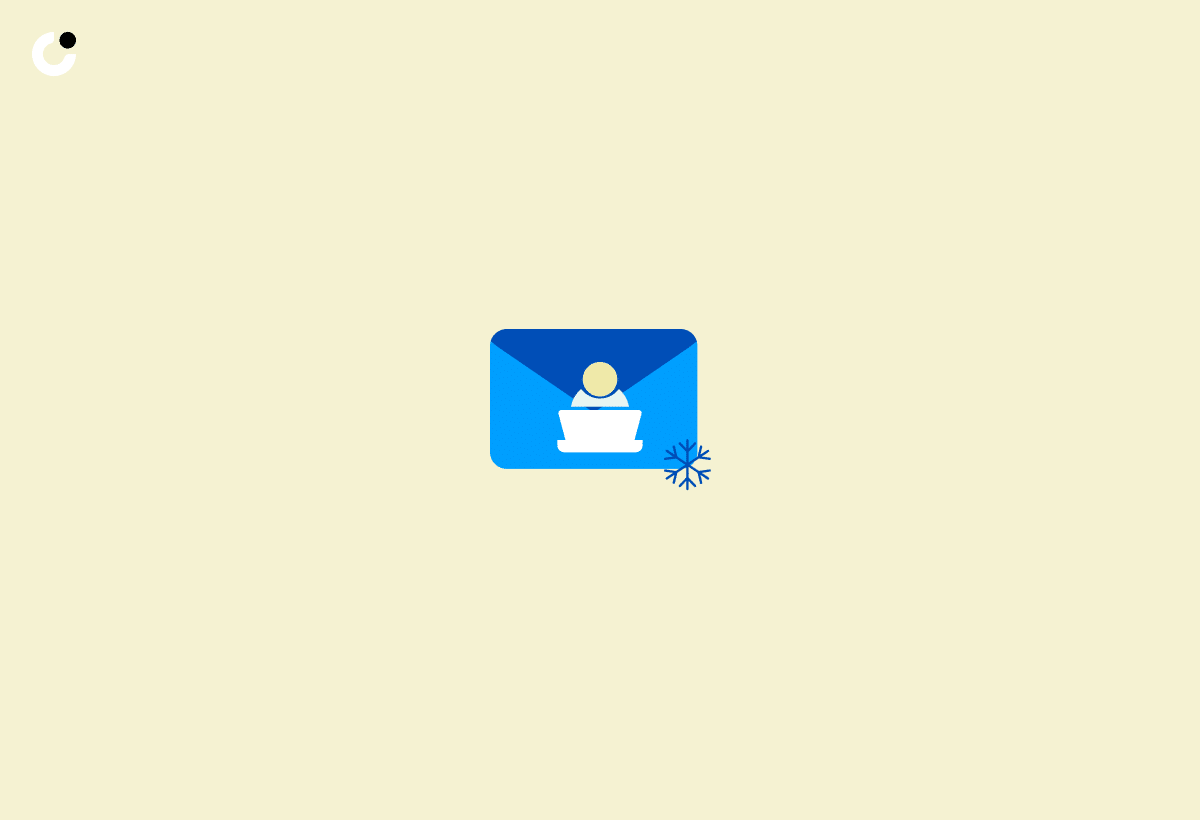Are you a freelancer struggling to land new clients? Look no further! Cold emailing is the secret weapon that can empower you to connect with potential clients, showcase your skills, and build a consistent pipeline of work. In this blog post, we’ll guide you through the process of crafting an effective freelance cold email template and provide you with invaluable tips and strategies for success.
Key Takeaways
- Cold emailing is an effective way for freelancers to reach potential clients, showcase relevant skills and offer tailored solutions.
- Adopting a growth mindset can help overcome the fear of rejection when cold emailing prospects and building a consistent client pipeline.
- Crafting the perfect freelance cold email template involves personalizing your approach, showcasing expertise, providing value & solutions with compelling subject lines & CTA’s to attract new business opportunities.
The Power of Cold Emailing for Freelancers

Cold emailing serves as a powerful tool for freelance writers aiming to scale their business. This method allows you to connect with potential clients, present your skills and advertise your services. To write a cold email effectively, consistent outreach is key to successful cold emails. Aim to send at least two tailored emails daily and make it a habit to write cold emails.
The three key stages of a cold email campaign include identifying and compiling potential prospects, focusing on pitching those prospects, and ensuring continuity. Committing to regular cold email outreach equips you better for expanding your client base, thereby fostering the growth of your freelance writing career.
Why Cold Emailing Works

Cold emailing is effective because it enables proactive engagement with potential clients, exhibiting your skills and proposing customized solutions for their needs. One of the most important factors for achieving success with cold emails is having a professional email address, as it helps prevent your message from being rejected by spam filters or recipients.
An effective cold email should emphasize the results you can provide for the potential client. By highlighting your previous successes and the value you can bring to their business, you increase the chances of capturing their interest and securing new work opportunities.
Overcoming the Fear of Rejection

Freelancers venturing into cold emailing often face the common hurdle of fear of rejection. Nonetheless, rejection is an inherent part of the process and offers a valuable learning opportunity. By adopting a growth mindset and viewing rejection as a chance for improvement, you can become more resilient and refine your cold emailing strategy.
Mentioning past high paying clients in a personalized cold email can serve as an endorsement and help to establish trust with potential clients. By focusing on the value you can provide and the benefits of your services, you can address any objections and turn a “no” into a future opportunity.
Building a Consistent Client Pipeline

Following up on cold emails is key to sustaining a steady stream of clients and sidestepping the feast-or-famine cycle often experienced by freelancers. Emails can often be overlooked, so sending a follow-up email demonstrates the importance of your initial message and can help to keep your pitch fresh in the recipient’s mind.
To maximize the effectiveness of your follow-up, it is suggested to send a varied approach every 3-4 business days, excluding weekends. In your follow-up email, include a concise and straightforward message to effectively remind the recipient of your services and how you can assist them.
Crafting the Perfect Freelance Cold Email Template

Creating an effective cold email template involves personalizing your approach, showcasing your expertise, and providing value and solutions to the recipient. A winning cold email should include an attention-grabbing subject line, a strong opening, and a clear call-to-action (CTA).
With careful crafting of your cold email template and incorporation of these key components, your position to attract potential clients and scale your freelance business is enhanced. We will further analyze each of these components and their contribution to a successful cold email.
Personalizing Your Approach

Personalizing your cold emails helps establish a connection with the recipient and demonstrates genuine interest in their needs. By tailoring your message to the recipient’s unique circumstances, you can show that you understand their specific requirements and are genuinely interested in helping them achieve their goals.
For effective personalization of your cold emails, use tools such as Hunter.io to find client email addresses and weave a story into your message, making your pitch both captivating and memorable. Remember, personalization is key to standing out in a crowded inbox and increasing your chances of landing new clients.
Showcasing Your Expertise

Highlighting relevant skills, experience, and past results showcases your expertise and builds trust with potential clients. Introduce yourself and explain your purpose in a succinct yet effective way, so as to capture the recipient’s attention.
To demonstrate your proficiency and establish credibility with prospective customers, emphasize pertinent skills, experiences, and accomplishments in your cold email. Providing measurable results or achievements and proposing personalized solutions or ideas will help convey the value you can bring to their business.
Providing Value and Solutions

Offering value and solutions in your cold emails demonstrates your ability to solve the recipient’s problems and meet their needs. Focus on how your services can assist them in resolving their issues and fulfilling their requirements, and provide concrete examples to back up your claims.
By communicating the value you can provide and how you can be beneficial to the recipient, you increase the likelihood of a positive response and the potential for new business opportunities. Remember, the key to a successful cold email lies in providing value and demonstrating how your skills can meet the recipient’s needs.
Essential Components of a Winning Cold Email

A successful cold email comprises three key components: a compelling subject line, a powerful opening, and a clear call-to-action (CTA). Each of these elements has a significant role in grabbing the recipient’s attention, building rapport, and prompting them to take the desired action.
We’ll analyze each of these components and their contribution to the effectiveness of your cold email.
Attention-Grabbing Subject Line

The subject line is the first element the recipient will see and can determine the success of your cold email. To craft an effective subject line, consider utilizing:
- Succinct language
- Establishing relevance
- Personalizing when feasible
- Generating intrigue
- Highlighting your value proposition.
By creating a captivating subject line, you increase the likelihood that your email will be opened and read, ultimately improving your chances of landing new clients and growing your freelance business.
Strong Opening

A strong opening is essential for making a positive first impression and grabbing the recipient’s attention. Your opening should be geared towards the reader’s:
- Objectives
- Aspirations
- Accomplishments
- Occupation
To create a powerful opening, consider starting with a respectful greeting, referencing a mutual connection, or mentioning a recent achievement by the recipient. This will help you establish rapport with the recipient and set the tone for the rest of the email.
Clear Call-to-Action (CTA)

The call-to-action is the primary objective of a cold email – to compel the recipient to take the next step, such as scheduling a call or requesting more information. To craft an effective CTA, be concise, persuasive, and ensure your desired action is easily understood by the recipient.
By including a clear call-to-action in your cold email, you increase the likelihood that the recipient will take the desired action and potentially become a new client, contributing to the growth of your freelance business.
Examples of Successful Freelance Cold Email Templates

Having understood the key components of a successful cold email, let’s examine some examples of effective freelance cold email templates. These templates cater to different freelancing niches and can serve as a starting point for crafting your own personalized cold email.
Studying these examples and integrating the key elements discussed earlier will guide you in crafting an effective cold email template that attracts attention, exhibits your expertise, and delivers value to your potential clients.
The Blogger Outreach Template

The blogger outreach template offers value by featuring the recipient on the freelancer’s blog, which can lead to paid work. In this template, a personalized introduction is followed by a succinct value proposition and a persuasive call to action.
When crafting your blogger outreach cold email, consider including social proof or prior successful collaborations to build trust and increase the likelihood of a favorable response. This template can be a great starting point for freelance writers looking to expand their network and secure new clients.
The Graphic Designer Pitch

The graphic designer pitch showcases the freelancer’s design skills and offers a tailored solution to the recipient’s needs. In this pitch, the email starts with an attention-grabbing subject line and briefly introduces the designer, followed by a personalized message that demonstrates an understanding of the recipient’s requirements.
To create an effective graphic designer cold email, consider including a link to your portfolio or highlighting relevant projects that demonstrate your capabilities. This template is ideal for freelance designers looking to showcase their skills and land new clients.
The Copywriter's Offer

The copywriter’s offer highlights the freelancer’s writing expertise and demonstrates how their skills can benefit the recipient’s business. This template includes a personalized introduction, a well-defined value proposition, and a clear call to action.
When crafting your copywriter’s offer, focus on showcasing your writing skills and the value you can provide to the recipient’s business. This template can serve as a great starting point for freelance copywriters looking to land new clients and grow their business.
Tips for Effective Cold Emailing

With a firm understanding of the key components of a successful cold email and examples of effective templates, let’s delve into some tips for proficient cold emailing. These strategies can help you improve your cold email success rates and ultimately grow your freelance business.
Implementing these tips and adjusting your approach based on feedback and rejections will guide you towards mastering cold emailing and acquiring more clients.
Research and Target the Right Prospects

Targeting the right prospects is an essential part of a successful cold emailing strategy. To ensure your services align with the recipient’s needs, research your target audience and identify the ideal prospects for your freelance business.
By focusing your efforts on the right prospects, you increase the likelihood of a positive response and the potential for new business opportunities. Remember, it’s better to send a few well-researched and personalized cold emails than to mass email a generic message to a large list of recipients.
Timing Matters: When to Send Cold Emails

Sending cold emails during working hours on weekdays, preferably in the morning, increases the chances of the email being read and responded to. Studies have shown that Tuesdays and Thursdays are the most advantageous days to send cold emails, with the most successful times being between 10:00 AM and 11:00 AM or 1:00 PM and 3:00 PM.
By timing your cold emails strategically, you maximize the chances of capturing your recipient’s attention and achieving positive results in your cold emailing efforts.
Mastering the Art of Follow-Up

Following up on cold emails is crucial for demonstrating persistence and can lead to more opportunities, as recipients may have missed or forgotten about the initial email. To master the art of follow-up, send a varied approach every 3-4 business days following your initial email, excluding weekends.
In your follow-up emails, include a concise and straightforward message to effectively remind the recipient of your services and how you can assist them. Remember, persistence is key when it comes to cold emailing, and following up regularly can increase your chances of landing new clients.
Handling Objections and Learning from Rejections

Handling objections and learning from rejections is an important part of refining your cold email strategy and turning negative responses into future opportunities. By maintaining a positive attitude and staying in touch with the prospect, you can offer value when the time is right and potentially convert a “no” into a new opportunity.
Let’s explore some common reasons for rejection and strategies for turning these negative responses into future opportunities by considering a few ideas.
Common Reasons for Rejection

Common reasons for rejection in cold emailing include budget constraints, lack of need for the freelancer’s services, or insufficient information in the email. When faced with these objections, it’s important to remain professional and seek to understand the recipient’s perspective.
Addressing these reasons and adjusting your cold email strategy, including using the correct email address, can enhance your success rate and foster the growth of your freelance business.
Turning a "No" into a Future Opportunity

Transforming a “no” into a future opportunity requires maintaining positivity, keeping in contact with the prospect, and providing value at the right time. By understanding the reasons behind the rejection and learning from the experience, you can refine your approach and increase your chances of success in future cold emailing efforts.
Remember, rejection is a natural part of the process, and learning from these experiences can help you grow as a freelancer and ultimately land more clients.
Refining Your Cold Email Strategy

Adjusting your cold email strategy based on feedback and rejections can enhance your approach and boost your success rate. By analyzing what works and what doesn’t, you can make data-driven decisions and optimize your cold emails for higher open rates, click-through rates, and overall effectiveness.
With a refined cold email strategy, you’ll be better equipped to connect with potential clients through a well-crafted cold pitch, showcase your skills, and build a consistent pipeline of work.
Summary
In conclusion, cold emailing is a powerful tool for freelancers to connect with potential clients, showcase their skills, and build a consistent pipeline of work. By creating an effective cold email template, personalizing your approach, showcasing your expertise, and providing value and solutions, you can significantly improve your chances of landing new clients and growing your freelance business. Remember, persistence is key, and learning from rejections and feedback can help you refine your cold email strategy and achieve greater success in the future.
Frequently Asked Questions
What is the most important factor for achieving success with cold emails?
Consistency is key to success when it comes to cold emails; ensuring that each email contains an introduction, a clearly defined purpose and a concise conclusion, with a professional tone throughout.
How can I personalize my cold email approach?
Personalize your cold email by addressing the recipient's specific needs, expressing genuine interest, and maintaining a professional tone.
What are the essential components of a winning cold email?
A winning cold email should have an attention-grabbing subject line, a personal connection with the reader, a clear CTA, and a professional tone.
How can I handle objections and learn from rejections in cold emailing?
To handle objections and learn from rejections in cold emailing, maintain a positive attitude, seek to understand the recipient's perspective, and refine your strategy based on feedback.
What strategies can help me master the art of follow-up in cold emailing?
To master the art of follow-up in cold emailing, send varied follow-ups every 3-4 business days after your initial email, excluding weekends, and use a professional tone with a clear conclusion in each message.

